Alba is a pretty city in Piedmont, famous for its white truffles. The Piazza Duomo is in the heart of the old town, a maze of narrow streets in which it easy to get lost, as I quickly discovered. To find the Piazza Duomo, make your way to the cathedral of San Lorenzo, which is well signposted. From door of the cathedral, ahead of you is a square, with some shops and cafes on your left lining the square. Half way along the square is a tiny side street, and the entrance to the restaurant is just down that side street on the left. Just to make things trickier, there is also the unrelated Pizza Duomo restaurant nearby to confuse the unwary. Once you have found the restaurant entrance you still have one more stage to go through: you need to buzz an intercom, state your reservation name and then finally be admitted. The dining room is one flight of stairs up and has well spaced tables and very pink decor.
Chef/patron Enrico Crippa trained with Antoine Westermann at Buerehiesel in Strasbourg, Michel Bras at Laguiole and Ferran Adria at El Bulli, as well as with the legendary Gualtiero Marchesi in Milan. He opened Marchesi's restaurant in Kobe, and stayed in Japan for three years before returning to Italy, opening his own restaurant in 2005. Piazza Duomo was awarded a Michelin star in 2006, a second in 2009 and a third in 2013. Tasting menus are available priced from €140 to €180, in addition to a la carte choices.
The wine list was extensive, with 125 different champagnes alone. The list started as low as €25, with wines such as Castelvecchio Malvasia Istriana Carso 2009 at €35 for a wine that costs €16 in a shop, Hugel Jubilee Pinot Gris 2001 at €60 for a wire that you can find in the high street for €24, and Domaine Ramonet Les Ruchottes Chassagne Montrachet 2009 at €110 for a wine that retails at €86. I was impressed that there were numerous choices under €35, and depth in many areas e.g. there were dozens of German Rieslings. An excellent list.
An array of nibbles appeared: spaghetti with carbonara cream disguised as a carrot, artichoke with hazelnut dust, tacos with herbs, buckwheat crackers, ..... Best was a pork pate, worst a crisp with chocolate, which was peculiar at this stage of the meal. A fake pepper actually contained tuna and anchovy paste, fake olives were really balls of veal and of minced langoustine. There was a little spring salad with wild radish and egg yolk sauce with anchovy crumble, and so it went on, a battalion of amuse-bouches. Overall these averaged around 16/20 level.
Cream of foie gras with corn was topped with a "gingerino" liquor foam, rather like Campari. This was a troubling dish, since the liver parfait was very good, the corn a perfectly sensible combination, but the bitter foam completely overwhelmed the dish, essentially the only thing that I could taste (12/20). A mini omelette with Swiss chard and tuna sauce had a slight chemical aftertaste (13/20). Things then looked up with the first of the formal dishes of the meal, a pretty salad with numerous herbs, leaves and edible flowers; the top part for the salad was rather grassy, but once you got into the dressed leaves it was very good, served with a little dish of dashi stock (17/20). The breads were excellent, two different sourdough breads having lovely texture and flavour (18/20). Tiny fried fish with an orange reduction and fennel were nice, the tempura coating for the fish light (16/20). Prawns with olive oil cream, olive cubes, cuttlefish sauce, fennel and yoghurt powder was another frustrating dish, the prawns themselves excellent, but the olive flavour was extremely powerful, and completely unbalanced the dish (perhaps 14/20).
Jerusalem artichokes were next, with artichoke puree, crisps and regular artichokes, I think some turnip, tarragon oil and liquorice powder. The crisps were fine, the dressing oddly sweet (14/20). Cod was cooked sous-vide and served with spring onions, fava bean quenelle, and steamed beans with vinegar essence. The bean quenelle was the best element, having good flavour, but the cod ended up with a rather soft texture and was not very hot when it arrived (15/20).
Better was new season asparagus with Bearnaise sauce, pork belly and breadcrumbs. This dish, which came without any chemical trickery, was genuinely nice, the asparagus having great flavour, the sauce very well made (17/20). Potato cream with a marinade of Lapsang Souchon tea and white truffle shavings was a reversion to modernism, the potatoes fine but the tea far too strong a flavour (14/20). The next dish looked deceptively normal: pasta with a little Fassone beef, Parmesan foam cream and "tomato" sauce; no such luck. The sauce was actually made with red bell peppers and had a strong metallic taste; the pasta was good, but the pepper sauce overwhelmed the other flavours (14/20). Gnocchi with slivers of courgette showed that the kitchen could produce a good classical dish if they put their mind to it: lovely light gnocchi, the courgettes of high quality and working well with the gnocchi (17/20).
Red mullet was cooked sous-vide and served with a strong basil sauce, the fish itself oddly tasteless (14/20). Sea bass was also cooked sous-vide and served with potato, black olives and spinach leaves. The vegetables were fine, the fish itself having a rather soggy texture, which was a shame, as it was clearly a nice piece of bass originally (15/20). The meal concluded with a milk dessert with caramel, foam of milk and milk meringue. The meringue was fine, but the overall effect was rather insipid (14/20 to 15/20). Coffee was good, served with an array of petit fours including some simple but enjoyable nuts coated in chocolate (17/20). When the best elements of a meal are the bread and petit fours you know that something has gone awry.
I found this a very frustrating meal. The gnocchi in particular, and the salad showed flickers of culinary talent, but far too many dishes had unbalanced elements, with one flavour dominating the dish. Service was excellent throughout, incidentally, but this did not compensate for the lingering sense of disappointment that we felt. Whilst I freely admit to having a preference for classical over modernist cooking, those who assume that I have an inherent dislike of modern cooking should read my review and scores for Alinea and Oud Sluis: I like good cooking, whether it is classical or modern. Far too many elements of this meal had dish design or technical problems for the overall dinner to be satisfying. It also felt a little odd to be eating this meal in Italy, a country with such regional cookery tradition; I could have just as easily been in Spain. There is a striking contrast here with Osteria Francescana, where there is plenty of modernist kitchen technique but applied in a way that strongly reflects the local cuisine and ingredients.
Book
Further reviews: 19th Nov 2016




























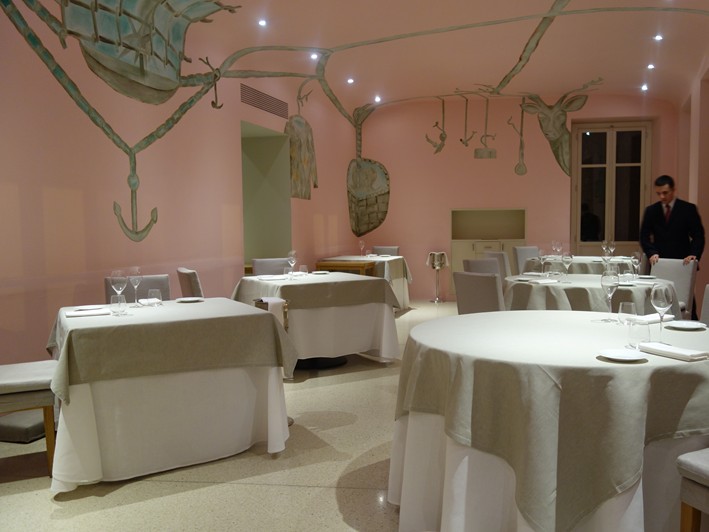
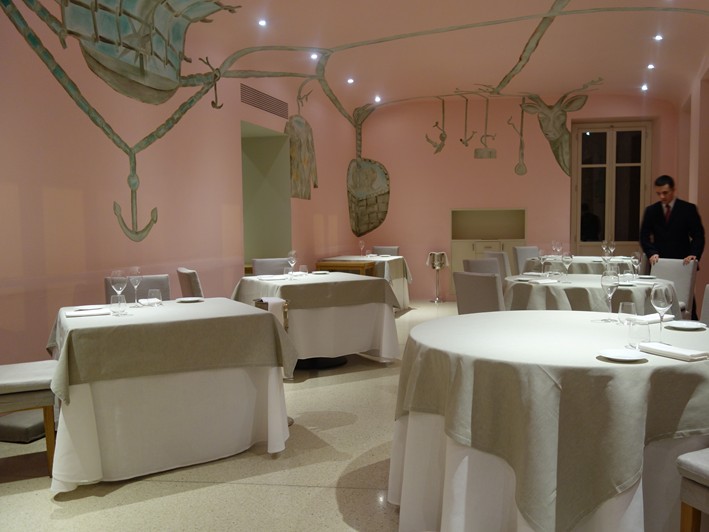
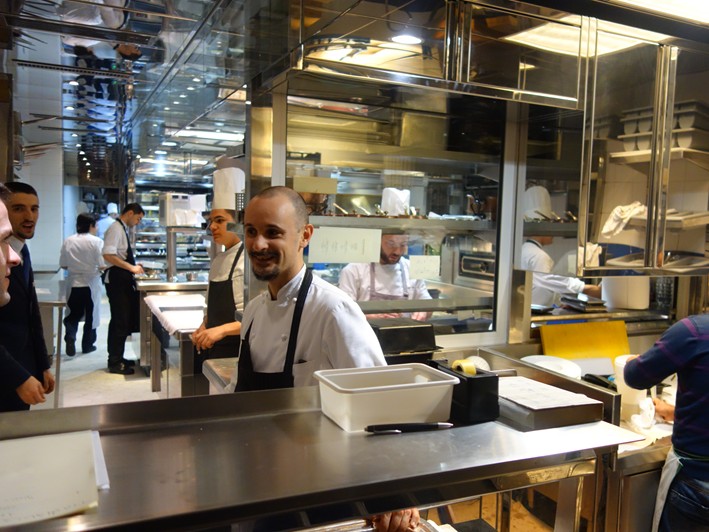
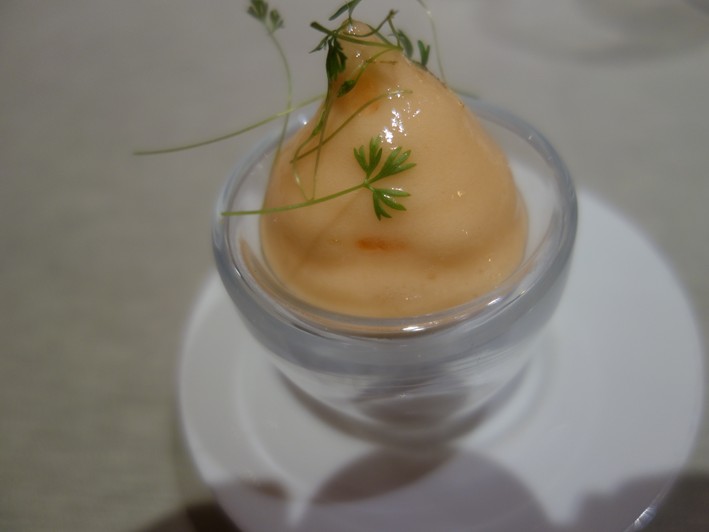
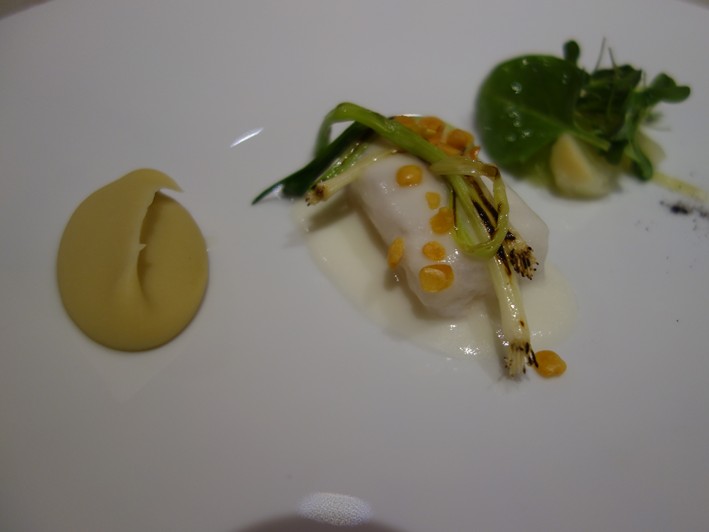
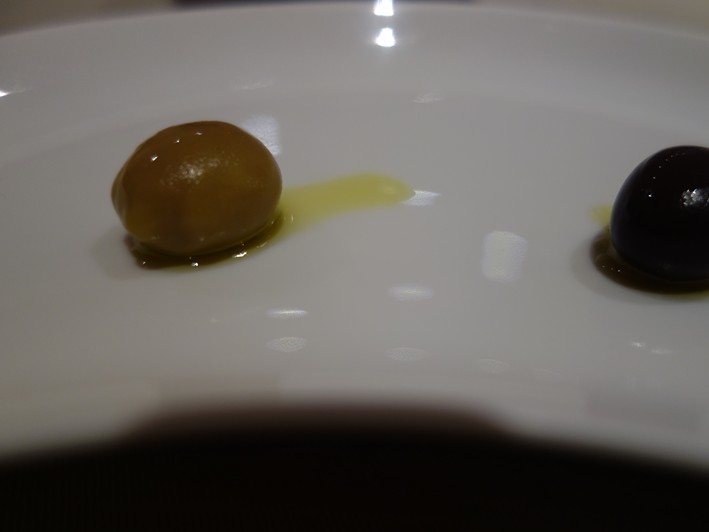
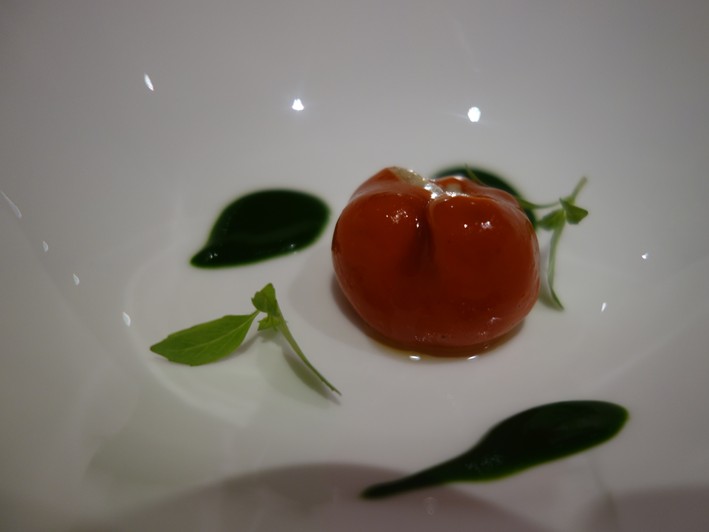
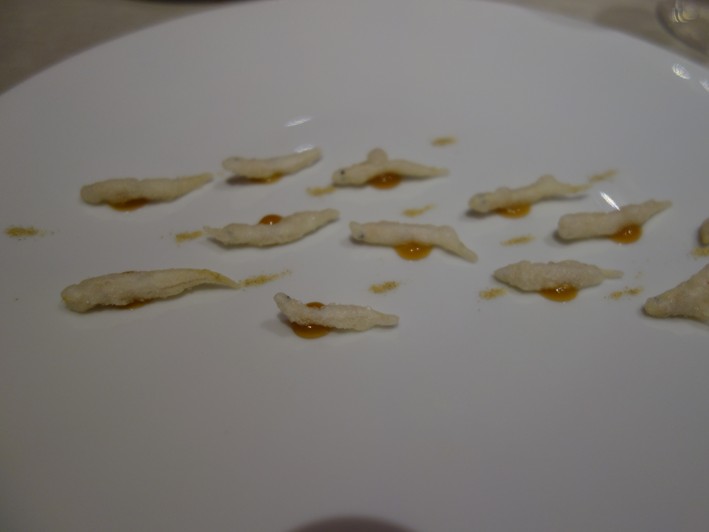

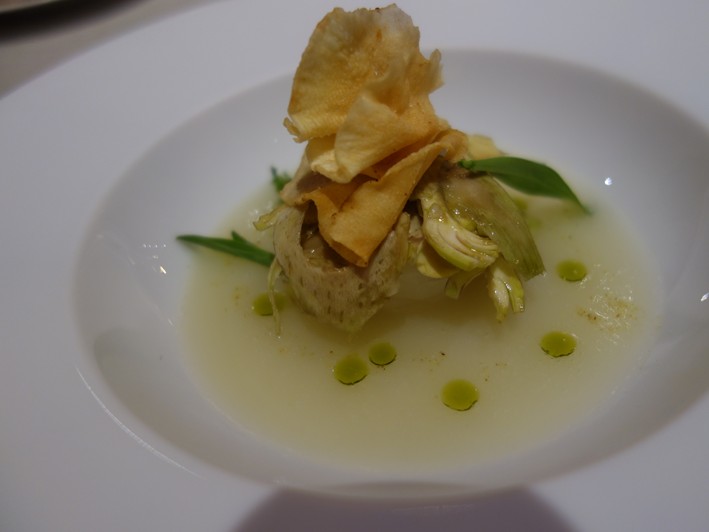
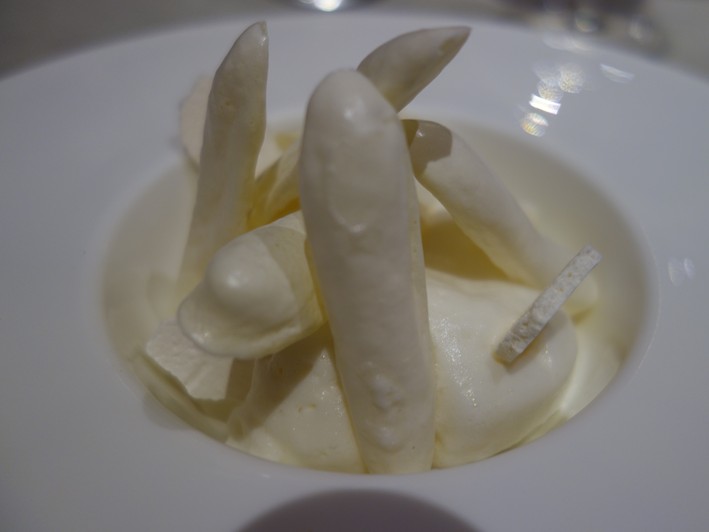


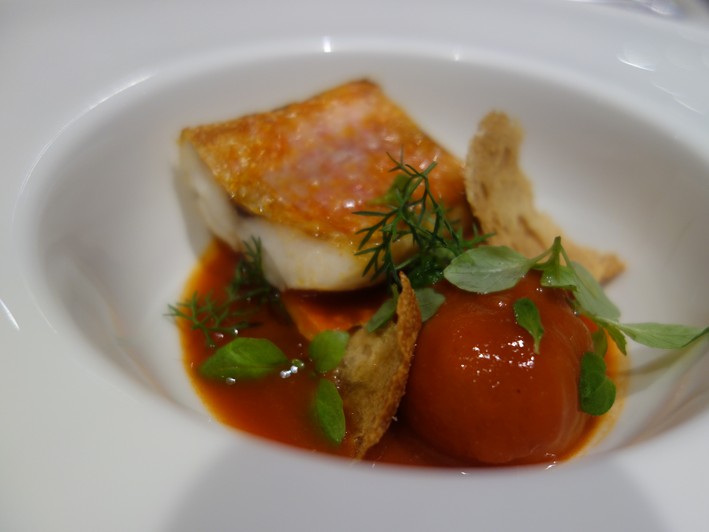
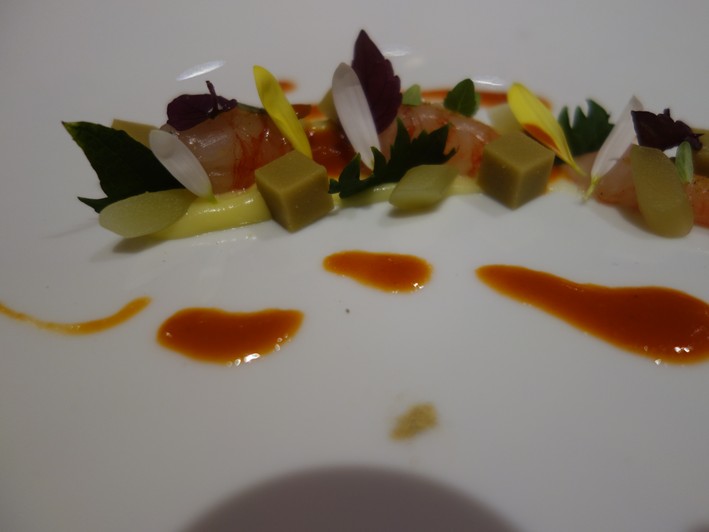
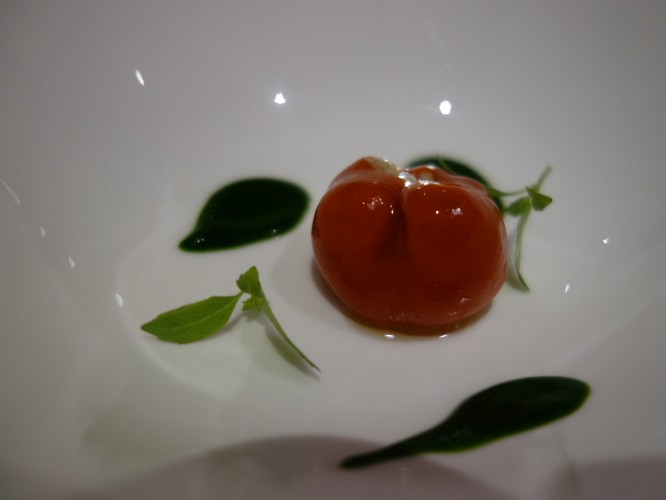
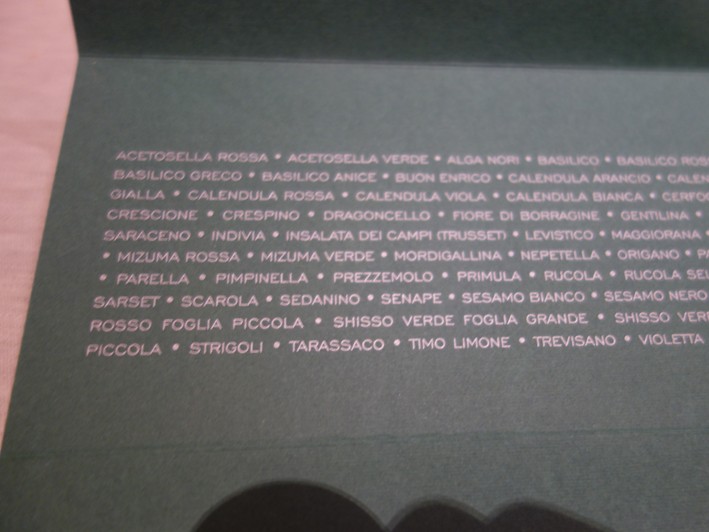

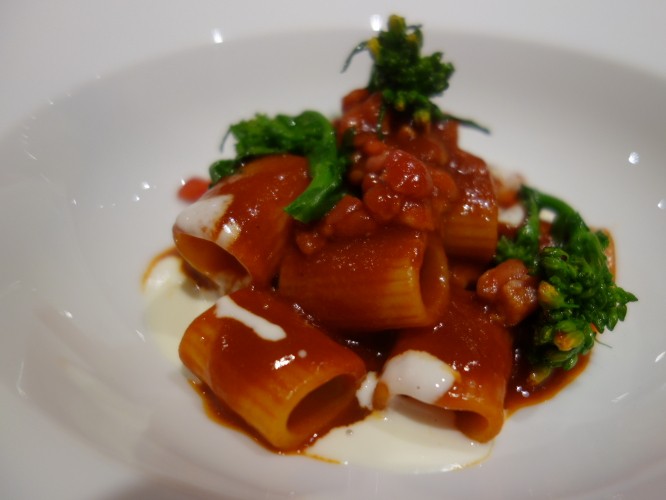
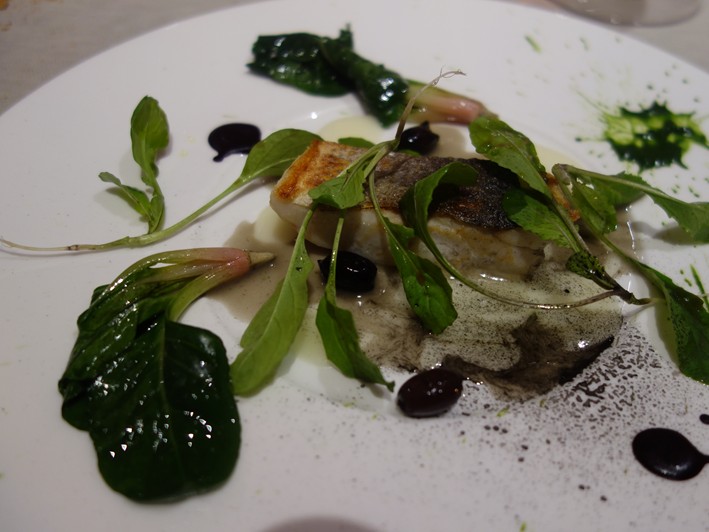
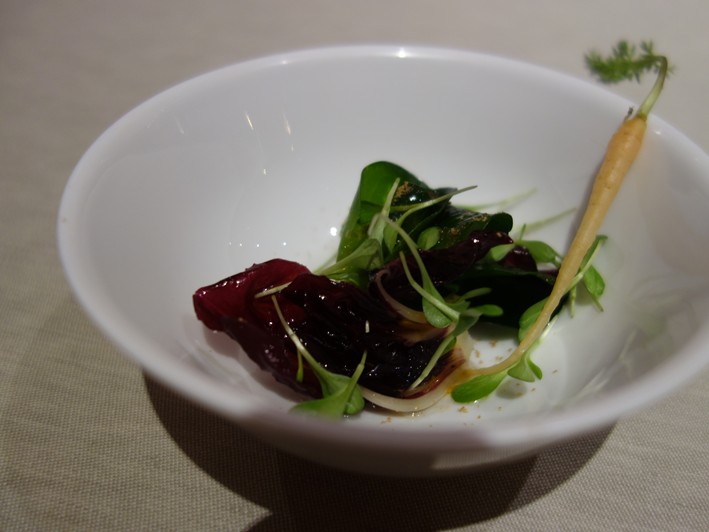
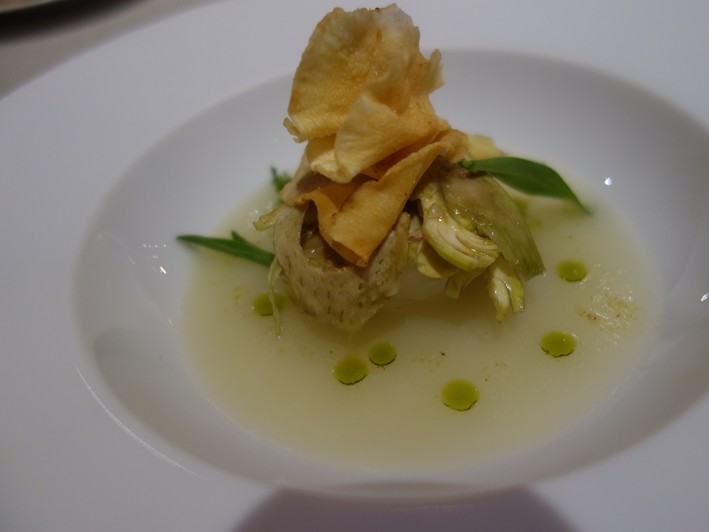
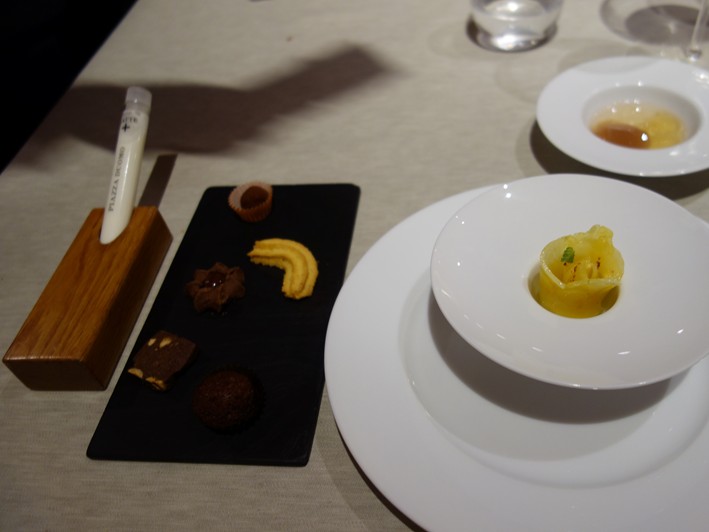

Matteo Gentili
Knowing Italy and italian food, and knowing where Crippa worked before I went there with the highest expectations and was deeply disappointed. The only outstanding dish in my oppinion was a chard dish with Parmigiano and finanziera sauce! All amuse bouches were without any sense.no connection to Italy, to Alba to the Piemont, just trying to create wow effects without any good taste. Service performance was good, wines very good ! The next day we went to the Restaurant Enoclub also in Alba, that I can strongly recommend. Exceptional wine lists, very good traditional cooking for a fifth of the price!
Adrian Turner
Michelin have never understood Italian food and it's one guide I never pay any attention to - they are always looking for the new, the experimental, the luxo places, when that is actually the antithesis of Italian cooking. That's why you still liked the demoted Soriso and was deeply sceptical about this place.